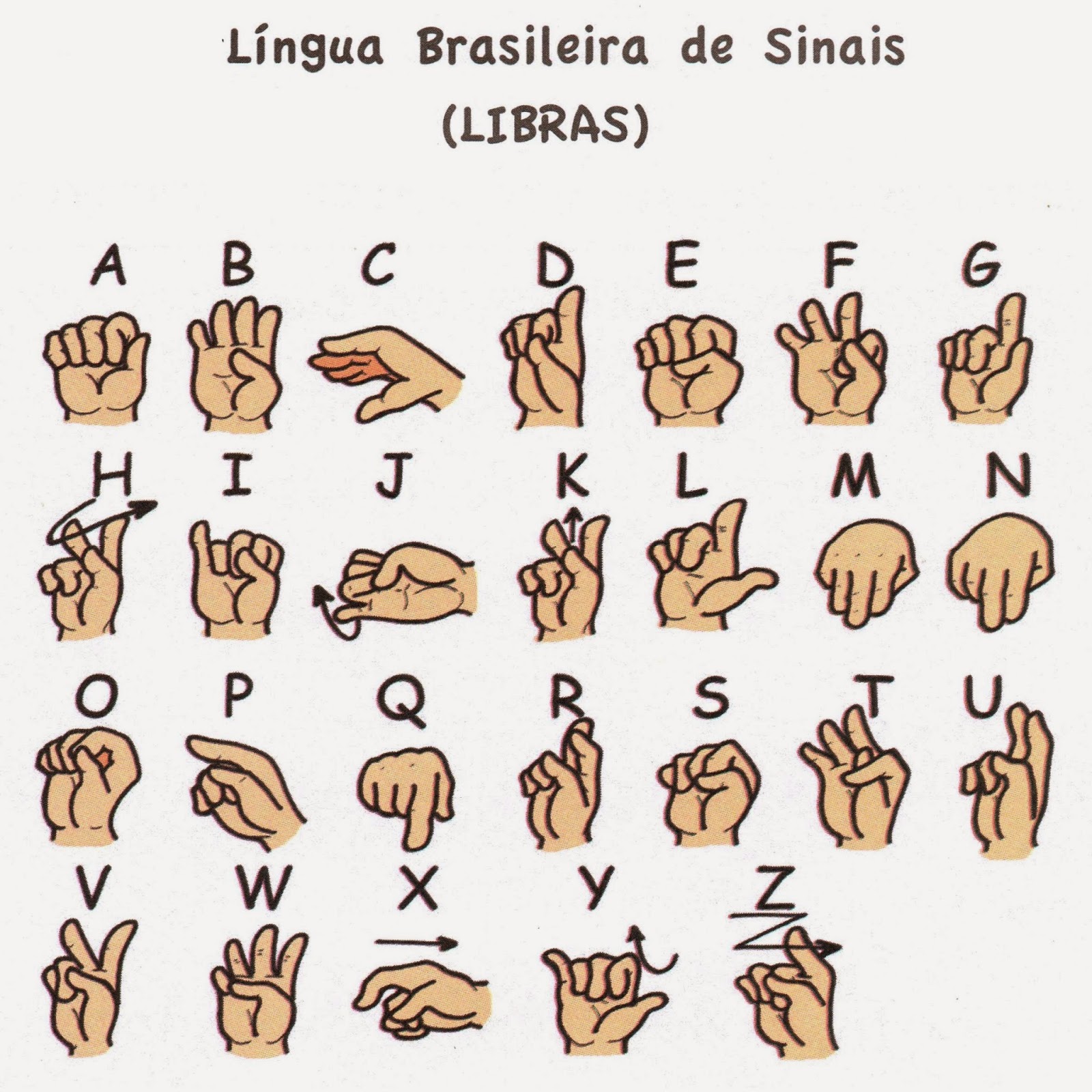Connecting Through Brazilian Sign Language (Libras)
Have you ever considered the profound silence experienced by those who cannot hear? Imagine a world where communication relies not on spoken words, but on the graceful movements of hands and the expressive nuances of facial expressions. This is the world of Brazilian Sign Language, or Libras (Língua Brasileira de Sinais), a rich and complex language used by the Deaf community in Brazil.
Libras is not merely a collection of gestures; it is a fully developed language with its own grammar, syntax, and vocabulary, distinct from Portuguese. It is a visual language, conveyed through handshapes, facial expressions, body posture, and spatial relationships. Understanding Libras opens a door to a vibrant culture and allows for meaningful connection with a community often marginalized by communication barriers.
The history of Libras in Brazil is intertwined with the establishment of the first school for the deaf in Rio de Janeiro in 1857 by Ernesto Huet, a Deaf educator from France. He brought with him elements of French Sign Language, which influenced the development of Libras. Over time, Libras evolved, incorporating indigenous signs and regional variations, ultimately becoming a unique language reflecting the Brazilian cultural landscape. Its official recognition as a language in 2002 marked a crucial step towards inclusivity and the recognition of Deaf culture in Brazil.
The importance of Libras extends far beyond basic communication. It is the cornerstone of Deaf culture, providing access to education, information, and social interaction. For Deaf individuals, Libras is more than just a language; it's their voice, their identity, and their connection to the world. Recognizing and valuing Libras is essential for promoting social equity and ensuring full participation of Deaf individuals in society.
One of the main challenges faced by the Deaf community is the lack of widespread Libras fluency among hearing individuals. This communication gap creates barriers in various areas, including education, employment, healthcare, and access to public services. Bridging this gap through increased Libras education and awareness is crucial for creating a more inclusive and equitable society for all.
Learning Libras can be a rewarding experience, offering several benefits. Firstly, it fosters empathy and understanding of the Deaf community and their experiences. Secondly, it opens up opportunities for personal and professional growth, allowing you to connect with a wider range of people. Lastly, learning Libras can be intellectually stimulating, as it challenges you to think and communicate in a completely different way.
For those interested in learning Libras, there are various resources available, including online courses, community classes, and educational apps. Immersing yourself in the Deaf community, attending Deaf events, and interacting with native signers are valuable ways to improve fluency and cultural understanding.
Understanding and respecting the linguistic and cultural nuances of Libras is crucial. Avoiding common pitfalls like signing too slowly or too quickly, over-exaggerating facial expressions, or speaking while signing can enhance communication and demonstrate respect for Deaf individuals.
Imagine the profound impact of being able to communicate with a Deaf individual in their native language. By learning Libras, you can contribute to a more inclusive society, break down communication barriers, and build bridges of understanding between the hearing and Deaf worlds. The journey of learning Libras is a journey of cultural discovery, personal growth, and meaningful connection.
One final thought: the ability to communicate is a fundamental human right. By embracing Libras, we empower the Deaf community to exercise this right fully and participate fully in society. Learning even a few basic signs can make a world of difference.
See no evil tattoo a deeper look at the iconic design
Decoding the jacaranda tree no background phenomenon
Unlocking harmony colors that match blue colores que combinan azul














